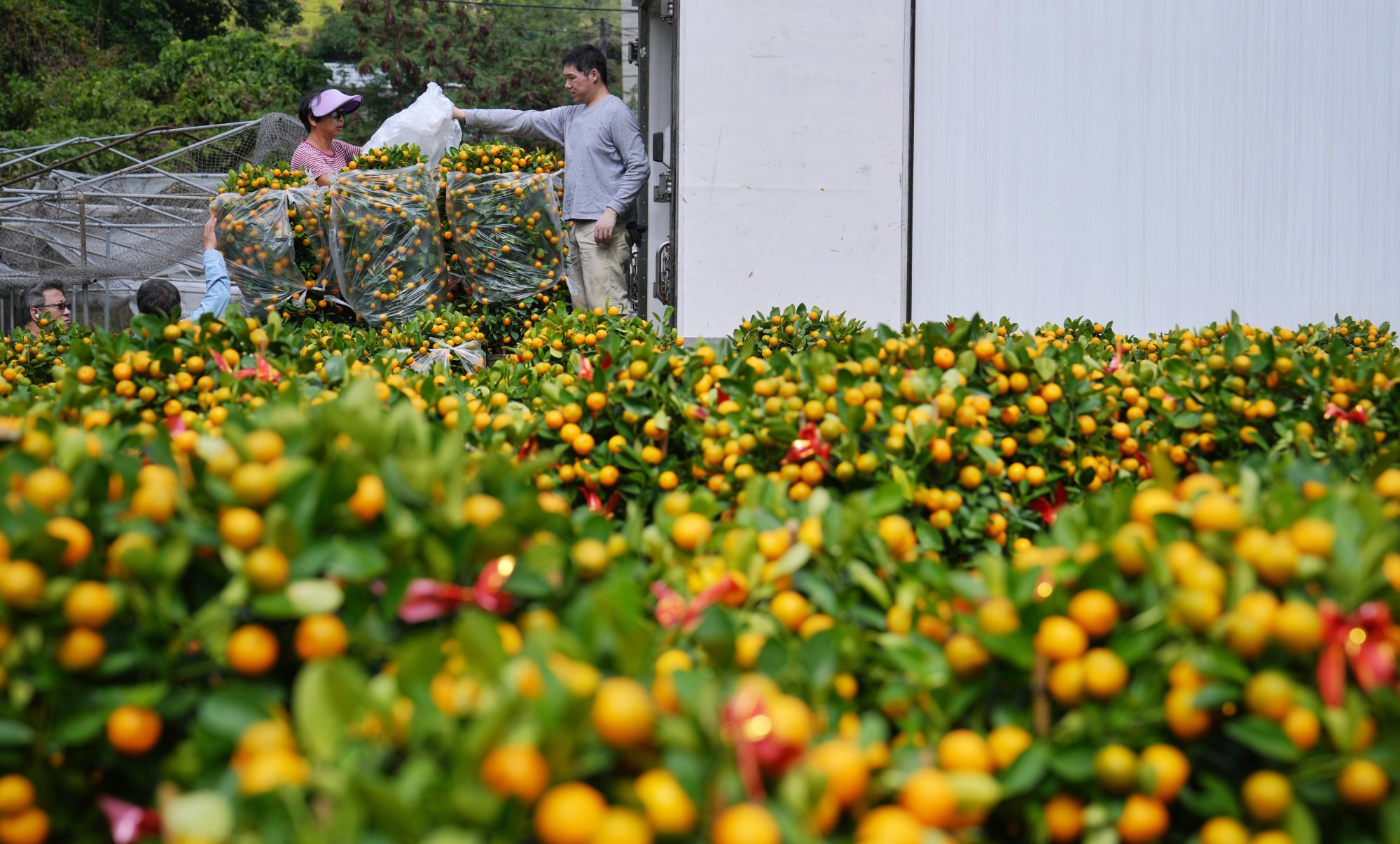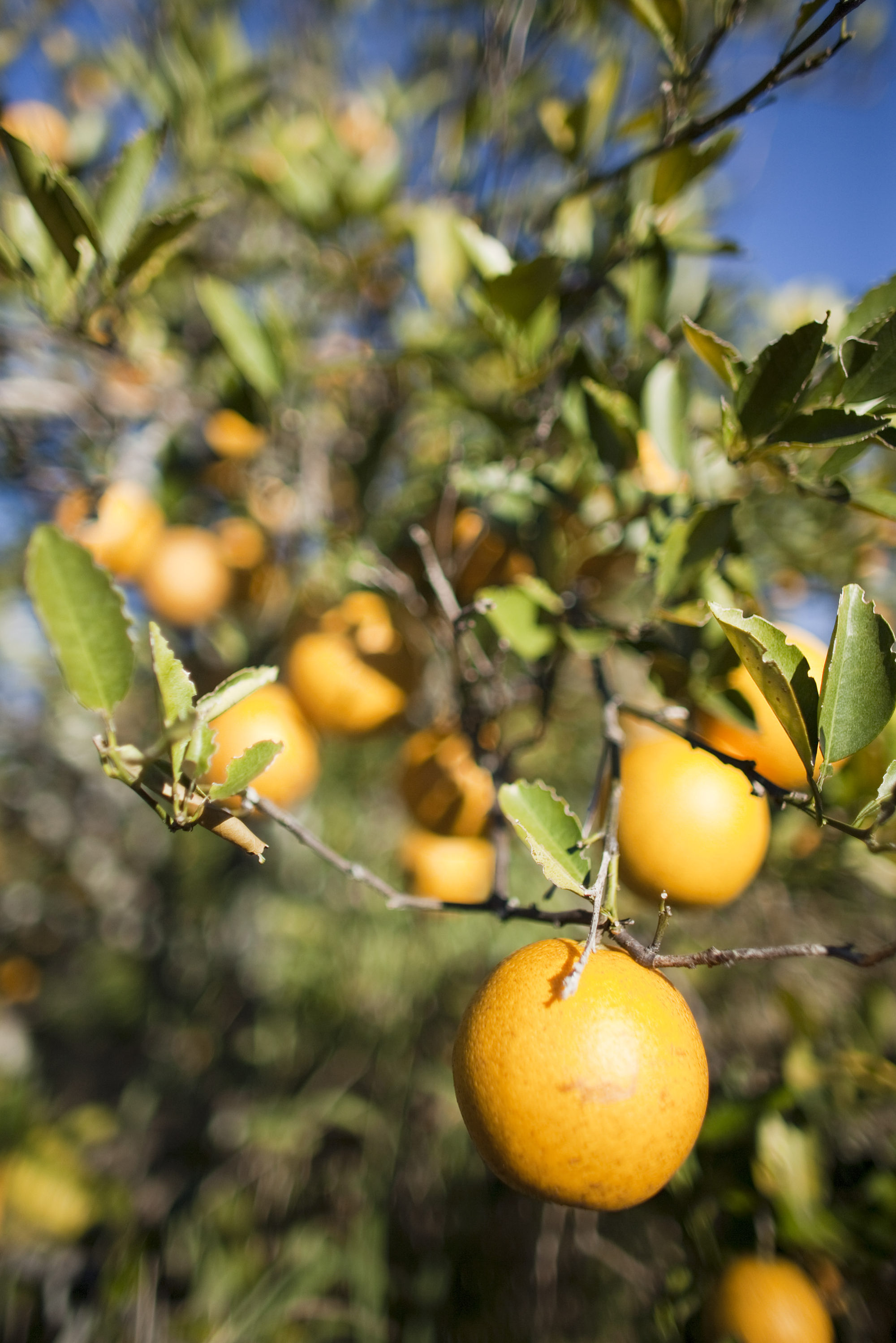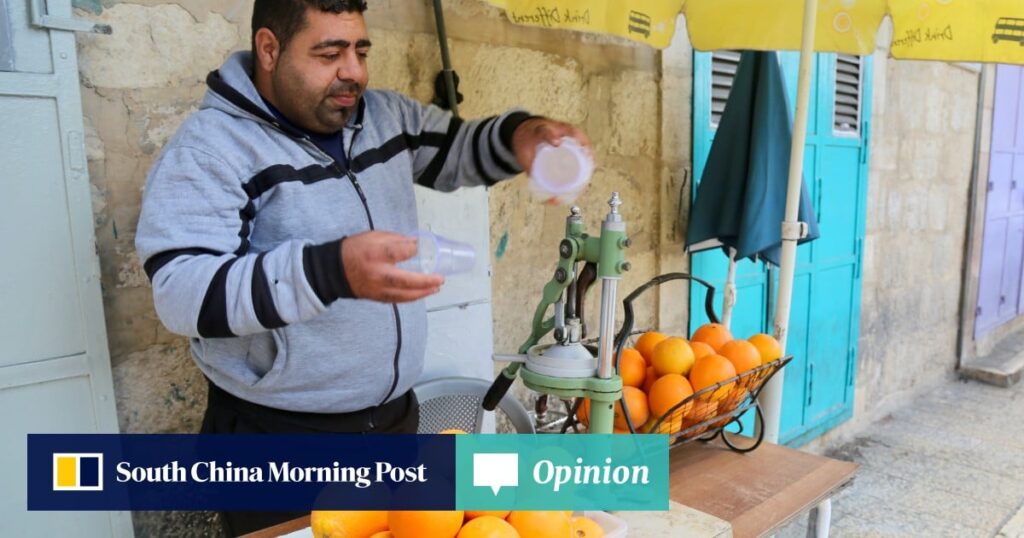Of course, pests and bad weather have been a constant battle for farmers for centuries, ravaging staple crops like wheat, cassava, corn, and cotton. Back in the 1800s, blight caused the Irish potato famine, and phylloxera epidemics destroyed many of Europe's vineyards. And today, pests destroy up to 20% of the world's crops each year, causing losses of approximately $220 billion annually.
But global warming and the pests that thrive in a warmer planet are steadily making the situation worse.
In Brazil, the world's largest producer of oranges, which grows more than a third of the world's oranges and exports 70 percent of its orange juice, experts are warning of a sharp decline in orange production and a surge in prices this growing season. Brazil's orange harvest is expected to fall 24 percent from last year, the lowest since the 1980s. Global orange juice prices, which had already nearly doubled a year ago, are soaring.

02:35
'We're just getting started': Top climate scientist warns the worst is yet to come
'We're just getting started': Top climate scientist warns the worst is yet to come
“The severe shortage is raising concerns that higher prices could hit consumers and fundamentally change the global orange juice industry,” the Financial Times said in a report last month.
The world's citrus crops have always been volatile, subject to floods, droughts, and hurricanes. For example, citrus production in Florida, once the world's largest, has been on a two-decade decline, with orange production dropping from about 240 million crates to just 17 million today. But the recent declines appear to be more systemic than cyclical, making them harder to address.
Of particular concern to farmers is citrus greening disease, an incurable bacterial disease also called literally “yellow dragon disease” because the leaves of infected plants turn yellow. The Chinese name is a reminder that China (as well as many other things) seems to be the birthplace of oranges and other citrus fruits. Citrus fruits have been cultivated in China for over 2,000 years, with 27 documented species, mainly centered in Wenzhou, eastern Zhejiang province. They were eventually introduced to Iran and the Mediterranean, from where they spread around the world. At a flower farm in Lam Village, Tai Po, Hong Kong, farmers load mandarin oranges onto a truck for distribution ahead of the Lunar New Year on January 31. Photo: Elson Lee
At a flower farm in Lam Village, Tai Po, Hong Kong, farmers load mandarin oranges onto a truck for distribution ahead of the Lunar New Year on January 31. Photo: Elson Lee
Given the longevity of citrus in China, it may not be surprising that Huanglong disease, a tiny bacterium carried by psyllids, or plant lice, was first reported in 1943. Infected trees shed their leaves, produce bitter, hard, deformed oranges, and eventually die. There is no known cure. It is believed to have first reached Florida in 2005, and has since spread to at least 33 countries, infecting more than 100 million trees.
In addition to climate change, Huanglongbing has reduced global orange juice production by 29 percent in the past five years alone, with nowhere in the world left unaffected except for Australia, which is only a small supplier.
Orange growers have struggled with the spread and impact of this bacterium and have tried to blend orange juice with other citrus juices. Unfortunately, Huanglong disease has infected all citrus fruits, from mandarins, lemons, and limes to pomelo and grapefruit, so other solutions must be sought. Manufacturers have tried to make up for the loss of orange juice by blending it with apple, pear, and even carrot juice.
“This is a crisis,” said Keith Kuhls, president of the International Fruit and Vegetable Juice Association. “We've never seen anything like this, even during a freeze or a major hurricane.” The only solution is to pull out the orange trees and replant them, but “farmers don't want to do that,” he said. Newly planted orange trees can take years to start bearing fruit, meaning losses many farmers can't afford.
 Oranges grow in an orange grove near Winter Garden, Florida, on January 6, 2010. That year, Florida experienced a severe freeze that destroyed millions of oranges. Photo: Getty Images/AFP Today's alarm bells are about orange juice at breakfast, but the list of pests and climate problems that threaten global food security is almost too long to grasp. Forbes magazine reported that wine production fell to its lowest level in more than 30 years last year due to global warming. Global warming has also caused Peruvian blueberry exports and Spanish olive oil exports to halve, and potato harvests around the world to plummet.
Oranges grow in an orange grove near Winter Garden, Florida, on January 6, 2010. That year, Florida experienced a severe freeze that destroyed millions of oranges. Photo: Getty Images/AFP Today's alarm bells are about orange juice at breakfast, but the list of pests and climate problems that threaten global food security is almost too long to grasp. Forbes magazine reported that wine production fell to its lowest level in more than 30 years last year due to global warming. Global warming has also caused Peruvian blueberry exports and Spanish olive oil exports to halve, and potato harvests around the world to plummet.
The Royal Botanic Gardens, Kew, in the UK, has a website that lists an exotic-sounding list of the world's major plant pests: the bollworm and aphid that attack cotton, the two-spotted spider mite and whitefly that menace tomatoes, the diamondback moth that preys on cabbage, the taro grub that ravages soybean and peanut crops, the red rice weevil that threatens wheat, the green peach aphid that eats potatoes and peppers, the armyworm moth that eats corn, and the brown planthopper that ravages rice crops in Asia.
The list is so long and the battles so endless that it's sometimes hard to imagine how global warming will make the challenges for farmers even worse. But it certainly will, and orange juice is unlikely to be the worst, or even the last, problem on our minds.
David Dodwell is CEO of Strategic Access, a trade policy and international relations consultancy focusing on developments and challenges in the Asia-Pacific region.



